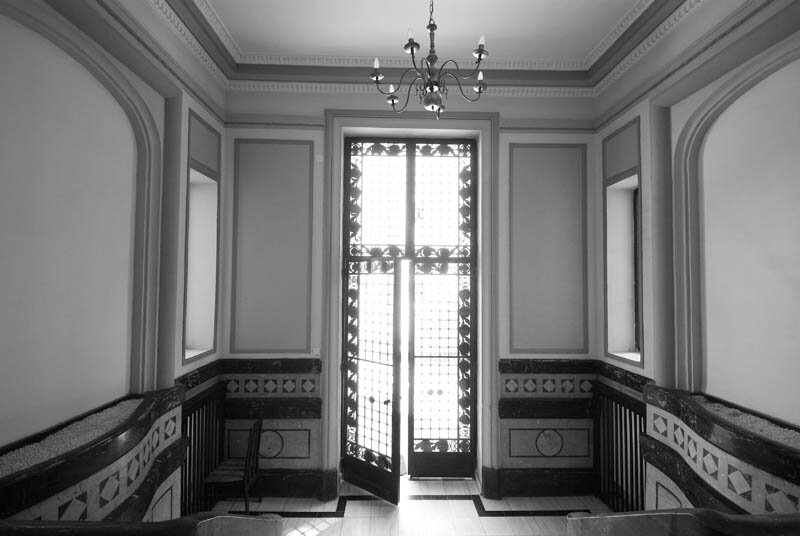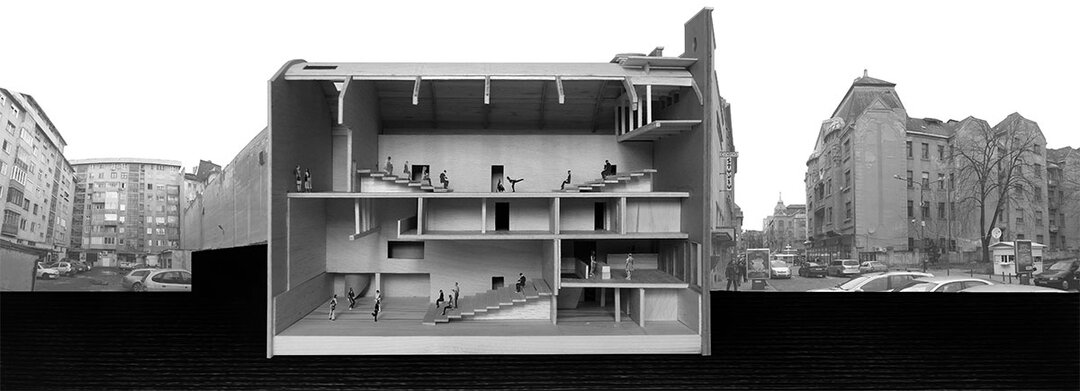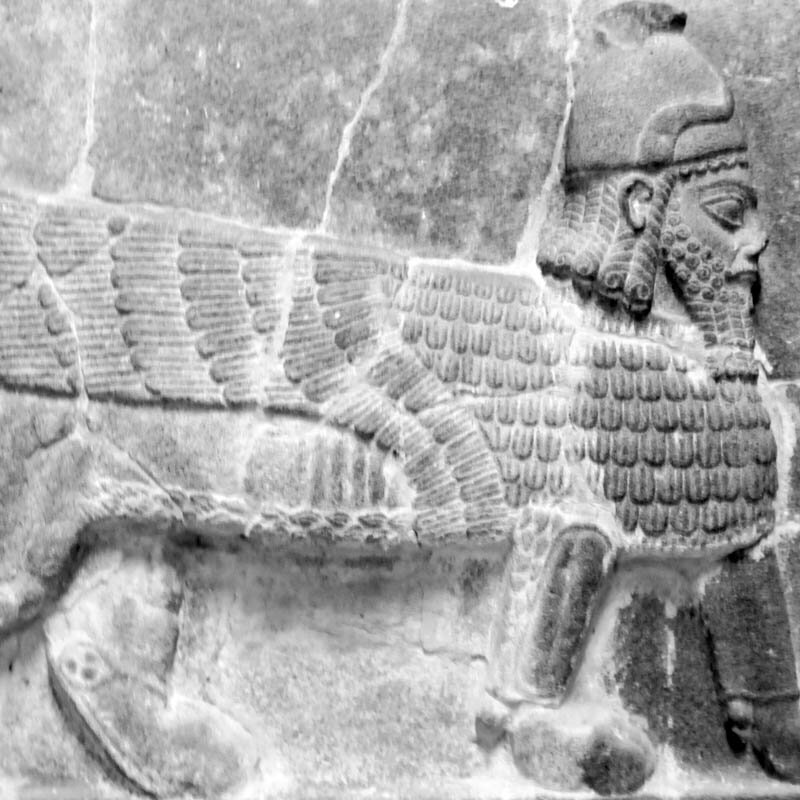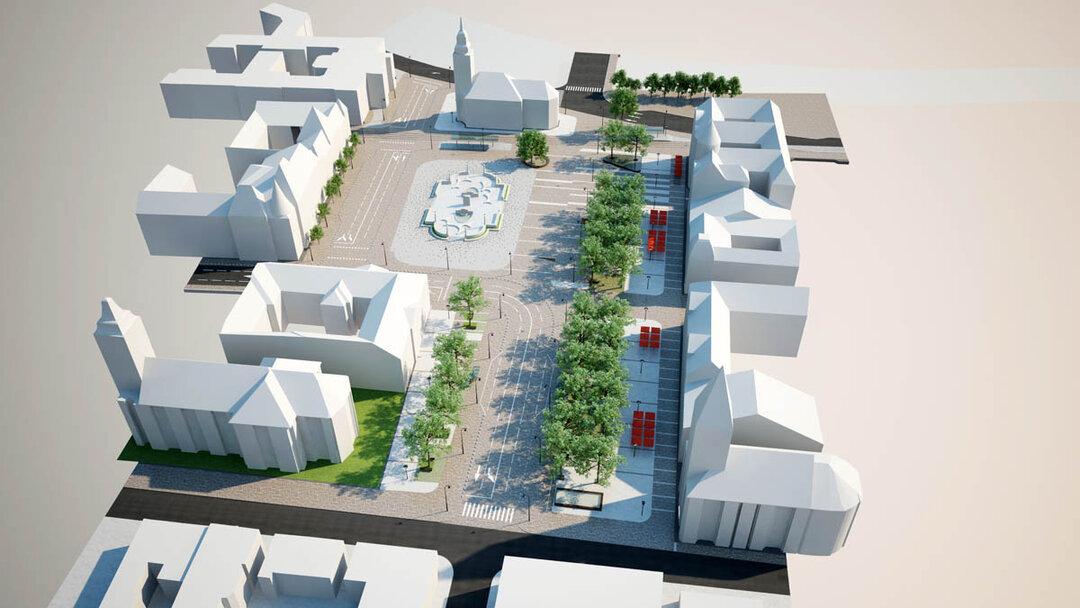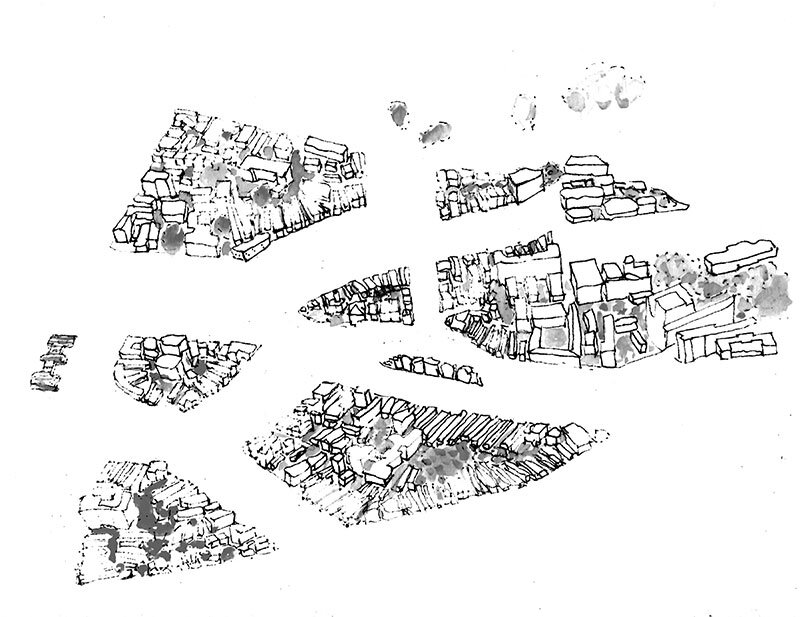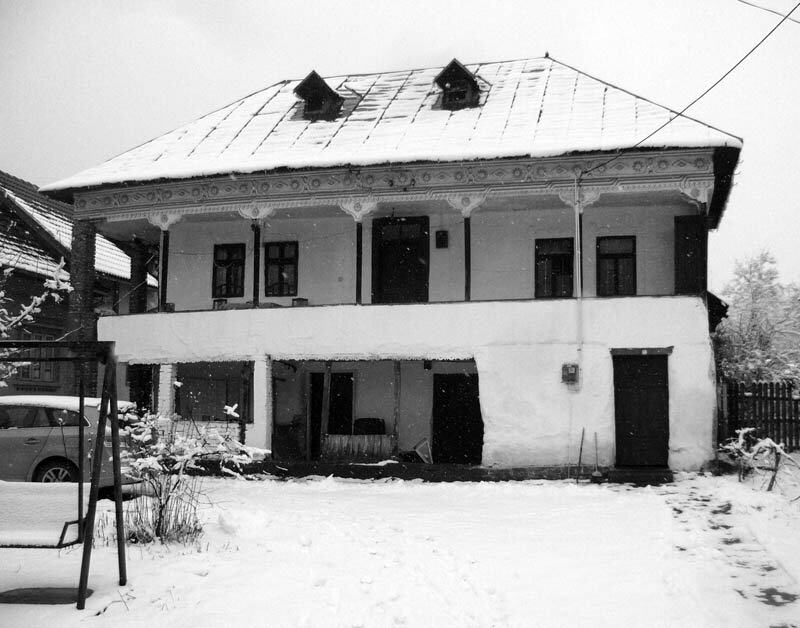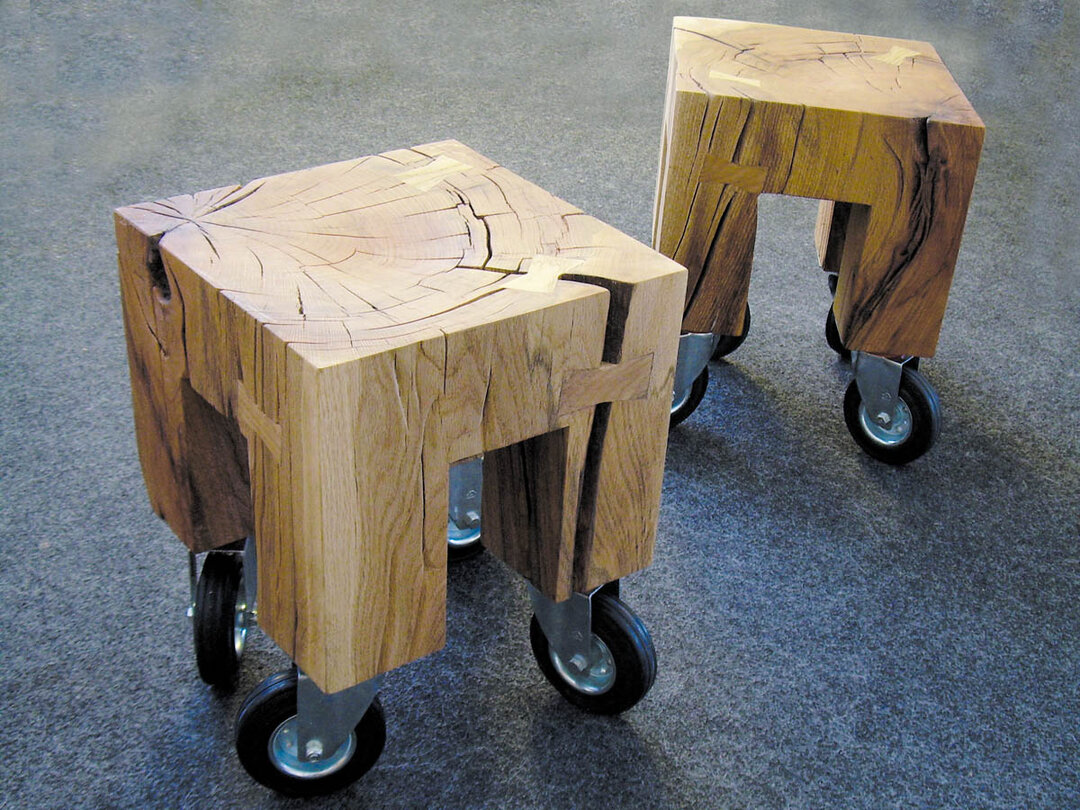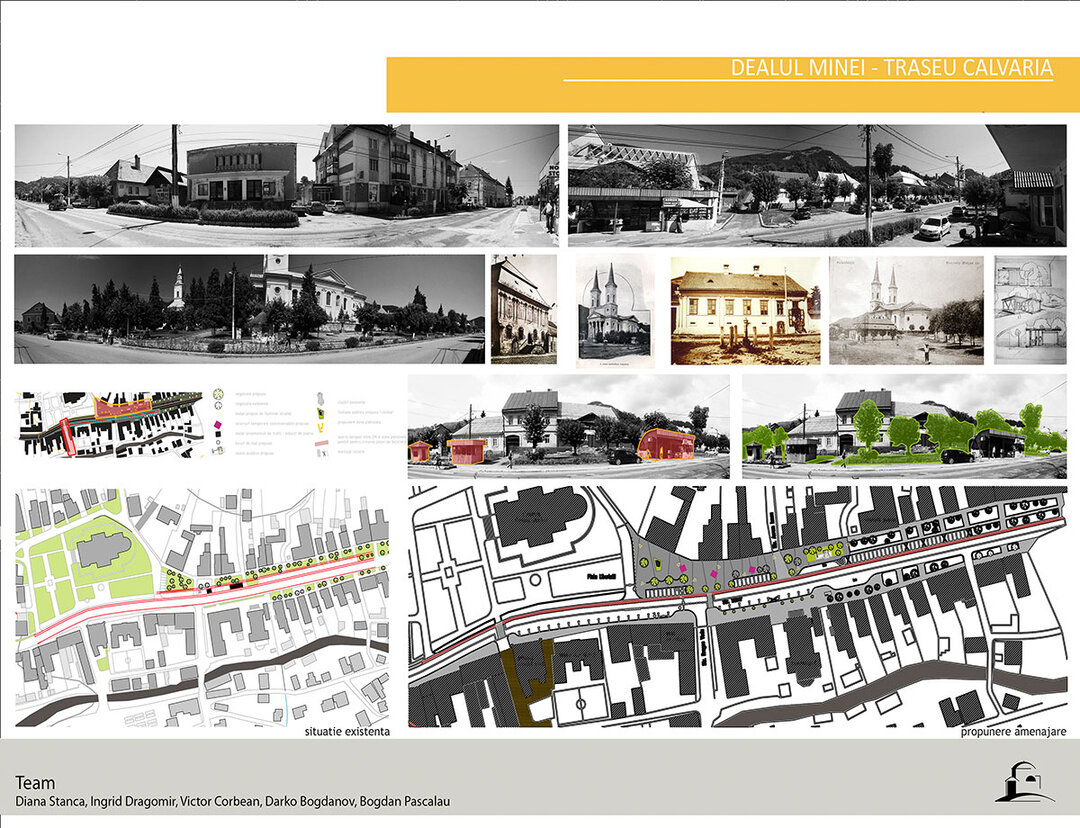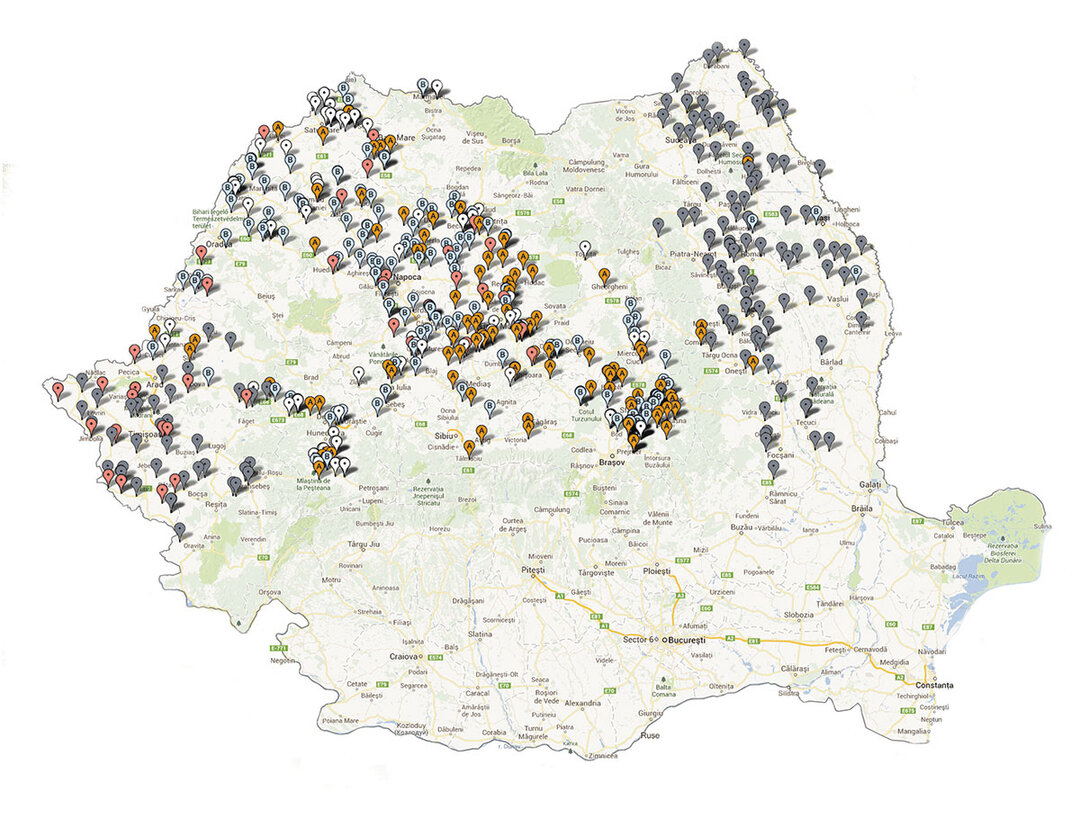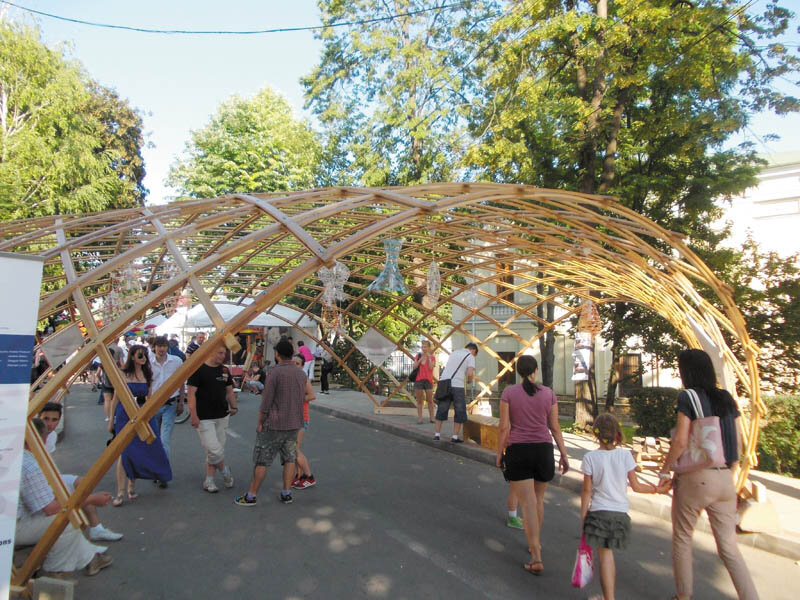
Regionalization and built heritage protection
In March, the Bucharest Urban Observatory started to analyze the situation of historical monuments in Romania. To this end, it sent a questionnaire to the County Directorates of Culture and the Directorate for Culture of the Municipality of Bucharest (DCMB). By mid-April, we received responses from more than two thirds of the Directorates, which are responsible for a similar percentage of the objectives included in the List of Historical Monuments.
This was followed, in early May, by a second questionnaire, the purpose of which was to construct case studies. It was addressed to 14 County Directorates, DCMB, the Ministry of Culture - Press Office, to the attention of the Cultural Heritage Directorate - and the National Heritage Institute (INP). The County Directorates were selected from those that had sent a response to the first questionnaire, according to the value of the built heritage in the county, so that there would be at least one county in the territory of each zonal commission of historical monuments and development regions and, as far as possible, so that the case studies would not refer to neighboring counties. Given the staff shortages that the Directorates are facing, we noted that a response may come within 45 days of mailing and that some questions may go unanswered, depending on the subject matter. We have asked the County Directorates to let us know if they feel they cannot respond in a timely manner. One Directorate was in this situation. By mid-July, five County Directorates, DCMB and INP had responded. Although we did not ask DJC Sibiu to respond to this second questionnaire, we were able to obtain some information in an interview with the management. We note that, in the case of the INP, the answers regarding regionalization came from the Directorate of Research, Evidence and Inventory of Immovable Cultural Heritage. Below, for each county directorate, the number of objectives in the territory of activity included in the List of Historical Monuments 2010 has been listed.
We present the answers to the questions on the relationship between Romania's regionalization and the field of protection and enhancement of built heritage. The three questions of the Bucharest Urban Observatory asked to identify current problems that could be solved by regionalization (1), opportunities (2) and risks that could arise (3).
The questionnaire referred to the Romanian Government Memorandum of 19.02.2013:
"Adoption of the necessary measures to start the process of regionalization-decentralization in Romania", according to which among the "objectives related to the competences to be exercised by the future regions" is "cultural development at regional level". The memorandum also proposes that, in relation to these objectives, "most of the deconcentrated public services in the counties should become institutions of county/local interest under the coordination/subordination of local authorities".
AlbaCounty Directorate for Culture/LMI2010: 679 objectives
1-3: The response indicates that due to the lack of data on the regionalization process, a point of view cannot be formulated, but it is underlined that "the protection and enhancement of the built heritage is a defining and identifying element for a given region" and that "a good or very good state of conservation of the built heritage of a region has positive influences on its capacity for economic and tourist development".
Bucharest Directorate for Culture/LMI 2010: 2.621 objectives
1-3: "We cannot accurately assess the opportunities and risks related to the protection of national immovable cultural heritage that might arise in the regionalization process. However, we believe that any measure that will result in the gradual decrease of funds for the protection of historical monuments, the disappearance of institutions with specialized staff in the field of heritage protection and, last but not least, the loss of specialists in the field, may be the prerequisites for poor management of the issue of protecting the national immovable cultural heritage. How, moreover, the permanent and responsible allocation of funds for heritage protection, the reorganization and institutional strengthening of specialized bodies in the field, as well as the protection of specialists in the field may constitute the general framework for the realization of future effective actions for heritage protection."
HarghitaCounty Directorate for Culture/LMI 2010: 740 objectives
1-3: In the absence of data on regionalization a point of view cannot be formulated. The answer indicates that, in principle, "[...] the issues of protection and enhancement of historical monuments are not organizational/administrative, but professional".
County Direction for Culture Sibiu / LMI 2010: 1.014 objectives
2-3: "The dangers are those of subordination to local interests. At the moment, the Directorate is the law. When it would come under the subordination of a local authority, be it the Regional Council or the City Hall, it would be in the direct interest of the people who manage the region, because that is what the people have decided by vote. The advantage will be a greater interest, a greater involvement of the community in restoring and enhancing its monuments. Because they, as I said before, give identity to the place. It will probably happen as in the happy case of Poland, the regions will compete with each other: who is the most beautiful, who is the richest, who knows how to attract the most money. Obviously, then the protection of heritage and the approach to monuments will be much more active and, I think, the monuments will benefit."
SuceavaCounty Directorate for Culture/LMI 2010: 517 objectives
1-3: The answer is skeptical about the possibility of positive changes in the field following regionalization. It also refers to the fact that the transfer of some tasks from county to regional level could be to the detriment of the inhabitants (unnecessary complication of some processes). The response also identifies a danger in transferring the competence for cultural heritage approval to a local (regional) government entity.
Vaslui County Directorate for Culture/ LMI 2010: 438 objectives
1: "We consider that the regionalization process could synchronize the actions of verification, protection and promotion of historical monuments in the region, through coherent programmes at regional level. The restoration of historical monuments of the same category [...] throughout the region, in conjunction with the development of road infrastructure, could lead to the creation of thematic tourist circuits [...] for promotion purposes"./ 2: "We hope that the regionalization process can open up opportunities for funding the restoration and promotion of historical monuments from European sources, but at the regional level"./ 3: "A major risk of the process may be a conflict of interest between some local or regional initiatives concerning the location of new constructions in the area of protection of historical monuments. Is it legal and logical for a political-administrative entity to endorse its own initiatives?"
County Direction for Culture Vrancea/LMI 2010: 427 objectives
1: "a) better knowledge and control over the built cultural heritage - the region being perceived as a territory considered homogeneous by the people who inhabit it, hence an increase in responsibility for local and regional historical monuments; b) better management of the budget allocated to heritage protection and promotion; c) more harmonious development of the built heritage"/ 2: "(a) the creation of institutional mechanisms in partnership with non-governmental organizations to develop the cultural industry in the area; (b) the creation of cultural tourist routes to highlight the built cultural heritage; (c) more effective promotion of historical monuments at regional level than at national level (REGIO project)"/ 3: "a) poor cultural management; b) lack of legislation to foster good inter-institutional collaboration horizontally and vertically (collaboration between cultural institutions and territorial administrative units is important)."
National Heritage Institute , Directorate for Research, Records and Inventory of Immovable Cultural Heritage (DCEIPCI)
1-2: The Directorate "has not been asked to give an opinion in the regionalization project" and "has not carried out an impact analysis of regionalization in its field of activity". "As the administration of the List of Historical Monuments is organized according to the known development regions, for DCEIPCI regionalization does not represent a change in its activity."/ 3: "For the activity of DCEIPCI so far, organized according to the development regions, there have been no risks."
More details can be found on www.observatorulurban.ro.


